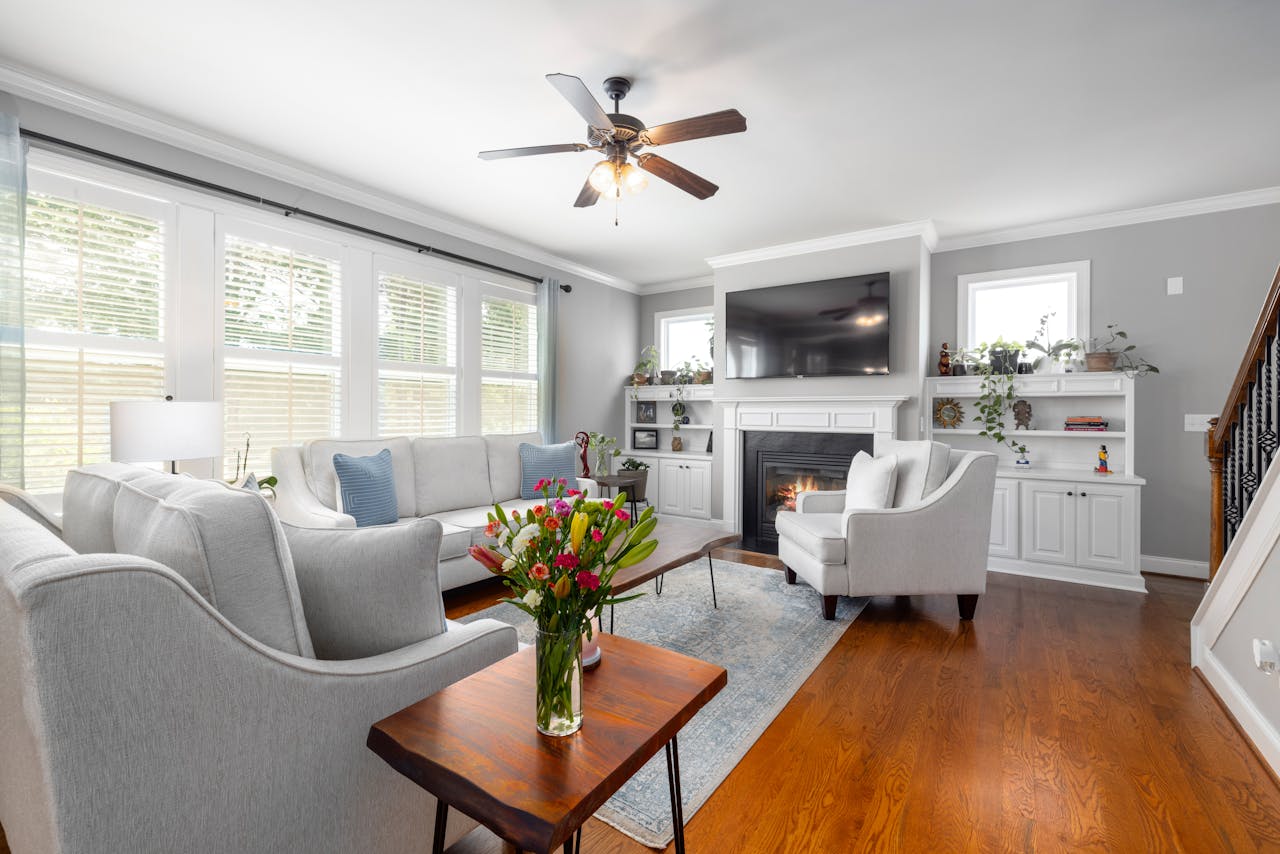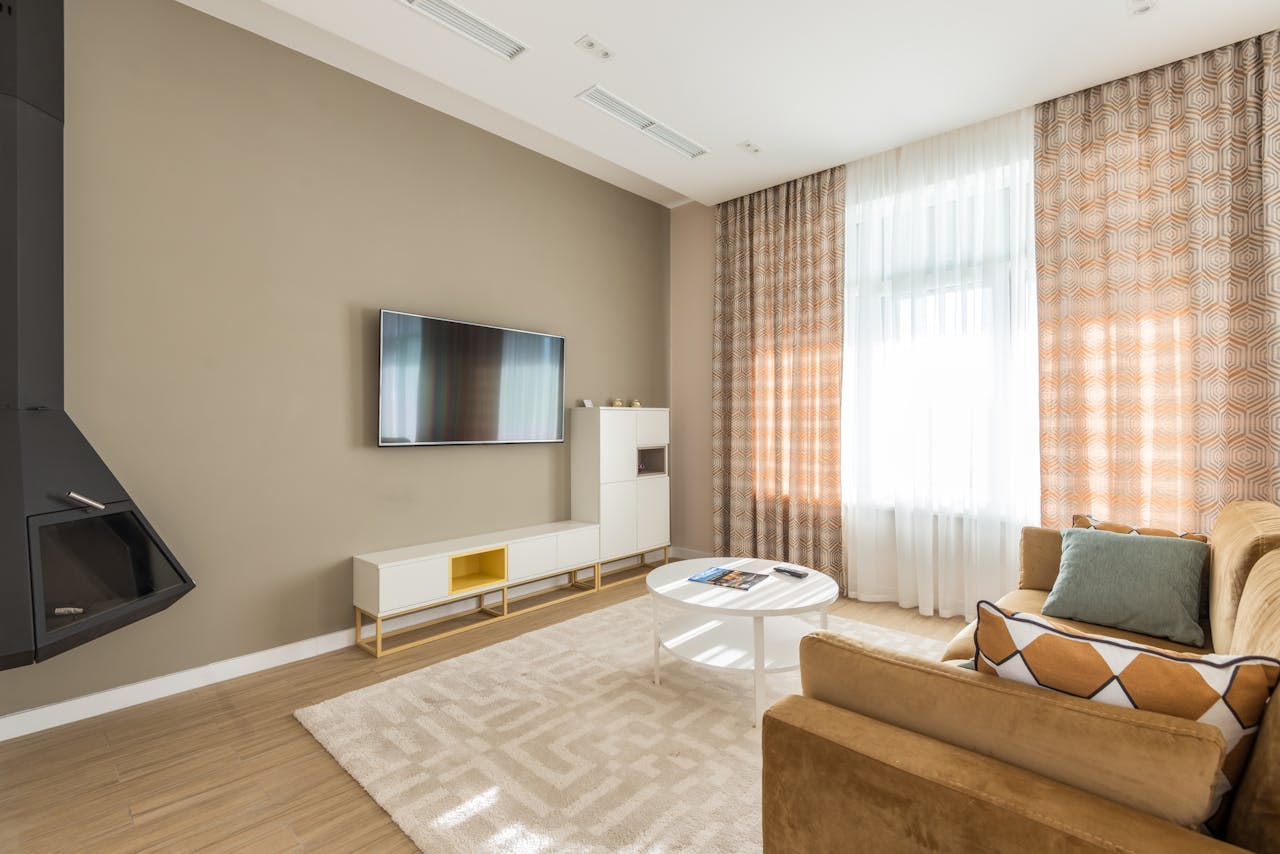Strategies for Maintaining a Neat and Tidy Living Space

Maintaining a neat living space impacts your mental clarity, daily productivity, and well-being. A clutter-free home creates a peaceful environment where you can relax, think clearly, and function more efficiently. For many people, achieving and sustaining this level of organization can feel overwhelming with busy schedules and multiple responsibilities. With a few consistent habits and practical strategies, keeping your home neat becomes less of a chore and more of a manageable routine. This blog post outlines nine vital strategies to help you maintain a clean, organized, and comfortable living space that supports physical and mental health.
Establish a Daily Cleaning Routine
One of the most effective ways to keep your living space consistently tidy is by incorporating a daily cleaning routine into your schedule. Dedicating just 15-20 minutes each day to tidying up can prevent small messes from turning into major cleaning projects. Focus on quick, manageable tasks like making your bed, wiping kitchen counters, or doing a load of laundry.
Choose a specific time of day, perhaps in the morning before work or the evening after dinner, and stick to it. With time, these mini-cleaning sessions become second nature, ensuring your space remains pleasant and orderly without overwhelming effort.
Declutter Regularly and Purposefully
A clean and organized home begins with the habit of consistent, purposeful decluttering. Instead of tackling everything at once, break the task into manageable chunks and focus on one area at a time. For example, start with your closet one week, then move to kitchen cabinets the next. In the middle of this process, decluttering becomes more than just tidying. It becomes a way to assess what truly adds value to your life. Let go of items you no longer use, need, or enjoy. This mindful approach clears physical space and creates a more peaceful, efficient living environment that supports your daily routines.
Use Storage Solutions Effectively
Smart storage is key to a tidy home. Invest in practical storage solutions for decluttering your home that suit your space and lifestyle, such as stackable bins, under-bed containers, or hanging organizers. Keep similar items grouped in labeled boxes or baskets, and store frequently used items within easy reach. For smaller living spaces, look for multifunctional furniture like ottomans with hidden compartments or shelves that double as desks. Well-planned storage keeps clutter out of sight and simplifies the process of finding what you need quickly and efficiently.
Incorporate Quick Reset Moments Throughout the Day
Instead of waiting until your home is in disarray, implement short reset moments throughout the day to stay ahead of the mess. For example, take five minutes after breakfast to clean the kitchen, or tidy up your living room before watching TV in the evening. These micro-breaks can be surprisingly effective in keeping your space under control without requiring major effort. By embedding these resets into your daily rhythm, you reduce the need for lengthy cleaning sessions and enjoy a consistently tidy environment.
Make Tidying Up a Household Habit
Maintaining cleanliness shouldn't fall on one person. It should be a shared responsibility among all household members. Encourage everyone in your home to clean up after themselves and participate in regular chores. Assign specific tasks to each person, such as vacuuming, washing dishes, or taking out the trash. Establishing a cleaning schedule helps create accountability and ensures that tasks are evenly distributed. When everyone contributes, it fosters a sense of teamwork and keeps the home running smoothly without putting too much pressure on any one individual.
Designate a Place for Everything
A common reason for messiness is not having designated spaces for your belongings. Make it a priority to assign a home to every item, whether it's a hook for your keys, a basket for remote controls, or a shelf for books and magazines. When everything has its place, it's easier to put things away and harder for clutter to accumulate. Labels, dividers, and drawer organizers can make this system even more efficient. Knowing where things belong saves time and frustration when you're in a hurry or trying to find something specific.
Limit New Items Brought Into the Home
To maintain order, you need to be mindful of what you bring into your space. Every new item requires storage, care, and maintenance, so ask yourself whether a purchase is truly necessary before buying. Avoid impulse shopping, and be intentional about acquiring new possessions. A helpful guideline is the "one in, one out" rule: every time you bring in something new, get rid of something else. This approach helps keep your belongings in check and reduces the chance of your home becoming overwhelmed with unnecessary items.
Stay on Top of Paperwork and Mail
Mail, receipts, magazines, and documents can pile up quickly if not addressed regularly. To keep these under control, create a simple filing system for important documents and set up a designated spot for incoming mail. Go through this area once a week to toss junk mail, pay bills, and file necessary papers. Opt for paperless billing and digital subscriptions when possible to reduce physical clutter. Keeping your paperwork organized prevents a mess and ensures you won't misplace important information when you need it.
Practice Mindful Minimalism
Mindful minimalism means being intentional about what you keep and making thoughtful decisions about your surroundings. Focus on quality over quantity and keep items that are useful, beautiful, or meaningful. When your home is filled only with things that serve a purpose or bring you joy, cleaning becomes easier, and your space feels more calming. Minimalism encourages you to evaluate your relationship with material possessions, which often leads to a more organized and balanced life.

Creating and maintaining a neat living space doesn't require perfection, but it does demand consistency and intentionality. By developing routines, minimizing clutter, and involving all household members, you can transform your home into a place that supports your lifestyle and brings peace to your day. Implementing these strategies will enhance the look and feel of your living space and improve your quality of life. With just a little effort each day, a clean and welcoming home is well within reach.
Published 7/8/25